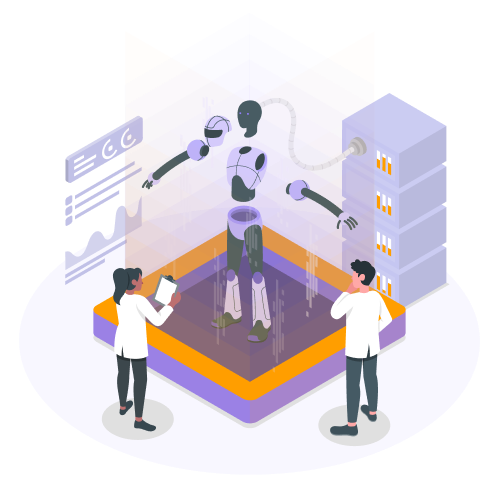AI and computer vision systems enhance the accessibility of real-time data, empowering decision-makers to act quickly.

Provides immediate access to employee, visitor, and productivity data as it's generated.

Offers actionable insights into safety, attendance, productivity, and security metrics.

Allows users to filter data for specific needs, like identifying gaps or concerns.

Enhances data retrieval by integrating with existing systems across departments.

A logistics company significantly improved its operations by leveraging real-time data retrieval.
Provides immediate access to key operational data, enabling quick responses to challenges and accelerating decision-making processes.
Identifies operational slowdowns or safety breaches, allowing businesses to take corrective actions before issues escalate.
Facilitates swift adjustments by providing real-time data, allowing teams to optimize operations and allocate resources efficiently.
Optimizes resource use by providing data-driven insights for better deployment, reducing waste and maximizing operational efficiency.
Enhancing the speed of decision-making enables organizations to make quick decisions, change strategies, take appropriate resource decisions and remain relevant in the market.
Enables quick reactions to changing operational needs, ensuring agility and speed in addressing market dynamics.

Allows swift adjustments to business strategies based on real-time insights, ensuring goals align with evolving needs.

Ensures resources are deployed effectively, increasing productivity while reducing operational inefficiencies and improving profitability.

Reduces operational costs by streamlining decision-making processes and enhancing resource management to prevent unnecessary expenditure.

Accelerates business processes, giving the company a competitive edge in adapting to market changes and industry trends.
